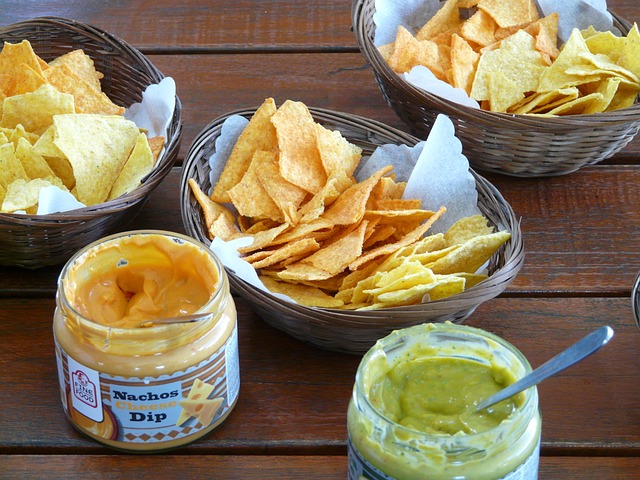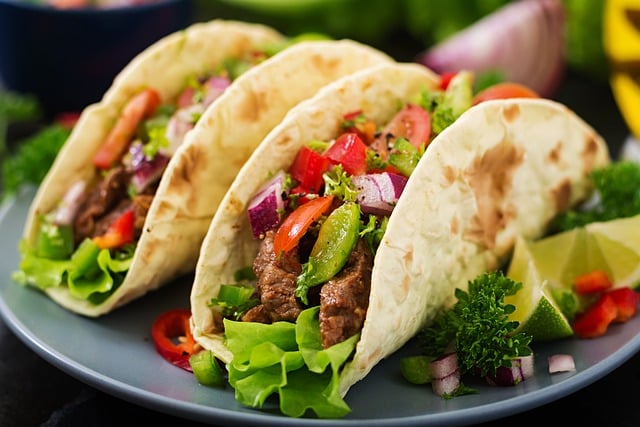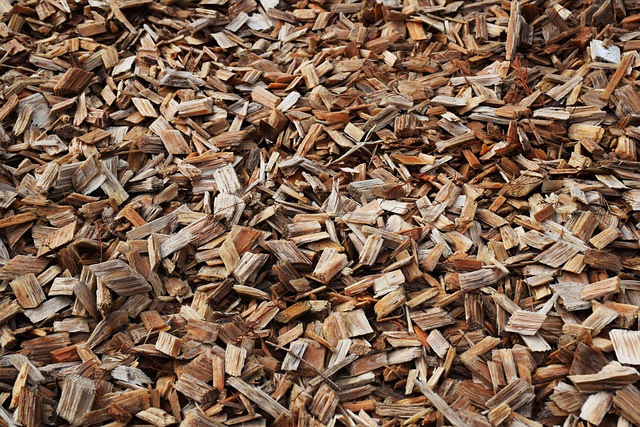Mexican restaurants are seeing a surge in popularity for handmade tortilla chips, especially thick-cut or "Donkey" chips, driven by demand for authentic, traditional preparation methods and health-conscious consumers. These handcrafted chips, made with quality ingredients like hand-cut tortillas fried in pure vegetable oil, set Mexican eateries apart from fast food competitors, offering a unique culinary experience that emphasizes quality and the essence of Mexican cuisine. While modern production methods have streamlined chip making, many restaurants prioritize traditional techniques to preserve the nuanced flavors and artisanal character of these beloved treats.
In the vibrant world of Mexican cuisine, handmade tortilla chips have emerged as a true game changer, revolutionizing the way diners experience classic side dishes. The rise of thick-cut tortilla chips, often referred to as “Donkey’s delight,” showcases a return to traditional preparation techniques using quality ingredients. This article explores the art of crafting these crispy treats, delving into their historical roots, various preparation methods, health benefits, and creative pairing suggestions for an unforgettable culinary journey.
- The Rise of Handmade Tortilla Chips in Mexican Restaurants
- Thick-Cut Tortilla Chips: A Donkey's Delight
- Traditional vs Modern Preparation Techniques
- Quality Ingredients and Their Impact on Taste
The Rise of Handmade Tortilla Chips in Mexican Restaurants

In recent years, there’s been a notable shift in Mexican restaurant offerings, with one particular side dish gaining significant traction—handmade tortilla chips. This trend is led by the growing demand for thick-cut tortilla chips, often referred to as “Donkey” chips due to their generous size and texture. These handcrafted chips are not just a novelty; they represent a return to traditional Mexican food preparation methods. They offer a more authentic dining experience compared to machine-made alternatives, appealing to health-conscious and adventurous foodies alike.
Mexican restaurants are embracing this shift by featuring handmade tortilla chips as a signature side on their menus. The process involves using fresh, high-quality ingredients to create thick, crispy chips that capture the essence of Mexican cuisine. This trend not only satisfies customers’ cravings but also sets these restaurants apart, attracting patrons who seek unique culinary experiences that go beyond typical fast-food offerings.
Thick-Cut Tortilla Chips: A Donkey's Delight

At Mexican restaurants, one delight that always steals the show is the thick-cut tortilla chip—a favorite among both locals and visitors alike. These chips are more than just a side; they’re an experience, offering a hearty crunch with each bite. Crafted by dedicated chefs who take their time to cut each tortilla into generous strips, these chips are a testament to the restaurant’s commitment to quality and authenticity.
The process involves carefully selecting the perfect tortillas, hand-cutting them into thick slices, and then frying them to golden perfection. The result is a chip that’s not only visually appealing but also delights the senses with its robust flavor and satisfying texture. Whether served with a tangy salsa or creamy guacamole, thick-cut tortilla chips are the donkey’s delight—a simple yet extraordinary addition to any Mexican dining experience.
Traditional vs Modern Preparation Techniques

In the realm of Mexican cuisine, the preparation of tortilla chips has evolved over time, mirroring the transition from traditional to modern culinary practices. Historically, making tortilla chips involved a time-honored process where thick-cut tortillas were hand-sliced into crispy triangles, then fried or baked until golden brown. This artisanal method, often done in small batches, resulted in chips with a distinct texture and flavor that have become synonymous with authentic Mexican restaurants.
However, as Mexican food gained global popularity, so did the demand for consistent quality and efficiency. This led to the modern preparation techniques where machines play a more significant role. Thick-cut tortilla chips now commonly emerge from industrial fryers or ovens, mass-producing them with a uniform shape and texture. While this approach streamlines production, it may sacrifice some of the artisanal character and nuanced flavor profiles that traditional methods offered, leaving folks to ponder the delicate balance between nostalgia for the old ways and convenience.
Quality Ingredients and Their Impact on Taste

At authentic Mexican restaurants, the secret to crafting exceptional thick-cut tortilla chips lies in the quality of their ingredients. Using only the finest corn tortillas, hand-cut into generous portions, ensures a crispy texture that captivates the taste buds. The traditional method involves frying them in pure vegetable oil, allowing for a golden-brown exterior without any excess grease.
The impact of high-quality ingredients extends beyond texture and crispness; it influences the overall flavor profile. Freshly sourced corn gives each chip a subtle sweetness, while the right blend of spices creates a harmonious balance of savory and spicy notes. This attention to detail results in a premium dining experience that delights both locals and visitors alike, solidifying the reputation of these establishments as go-to spots for authentic Mexican cuisine and their signature thick-cut tortilla chips.
In conclusion, the rise of handmade tortilla chips in Mexican restaurants is a testament to the industry’s evolution, offering a richer culinary experience. The traditional thick-cut tortilla chip, a favorite among many, especially donkeys delighting in their crunch, showcases the art of simple ingredients expertly prepared. As restaurants continue to innovate, maintaining quality and using fresh ingredients remains paramount for that authentic, delicious taste that keeps patrons coming back for more.
